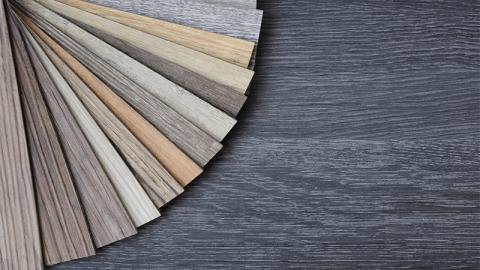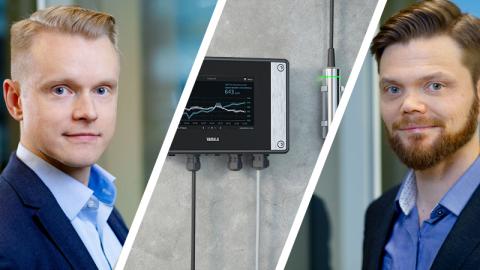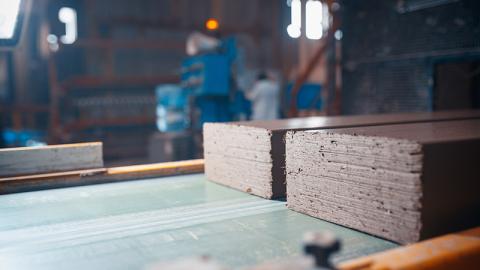Relative humidity along with time and temperature affect wood drying. Normally these parameters are based on previous drying experience, with the goal being to optimize drying time while minimizing wood cracking. The process parameters are unique to the system used, with different woods and seasonal variations affecting the result. This makes wood drying a demanding process. To achieve the best results, relative humidity needs to be continuously monitored.
Wood and Timber Drying
Wood is a porous material, i.e. it is hygroscopic, absorbing moisture to reach an equilibrium with the ambient environment. The mechanical properties of wood vary with the temperature, pressure and moisture content. In most applications the moisture in the wood cells must be removed to allow further processing and to protect wood from blue stain, fungi and mold, as well as from cracks and checks. The initial moisture content of green wood, i.e. freshly sawn timber, varies from 50 to 100%, depending on the species. When used as a construction material in, for instance, a normal temperate zone climate, the timber is dried to a moisture content of 18%, while for joinery and carpentry a moisture content of 10% to 15% is ideal.

The accuracy of relative humidity measurements really matters. It directly affects the quality of the drying process and indirectly affects facility capacity. Inaccurate measurements can cause the following problems:
- If relative humidity is inaccurately shown as too moist, wood may crack due to the overly dry conditions. Over-drying wastes energy and ties up expensive facility capacity unnecessarily.
- If relative humidity is inaccurately shown as too dry, the overly moist conditions will slow the drying process, leading to longer drying times and reduced capacity.
Three main factors help to keep measurements accurate: use of the appropriate sensor, ensuring that the measurement device is installed correctly and regular calibration of the measurement device.

Wood and timber drying related products

Relative Humidity and Temperature Probe HMP7

Indigo200 Series Transmitters for Vaisala smart probes

Indigo500 Series Transmitters







